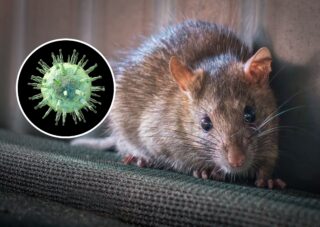What is Hantavirus and How Can It Be Prevented? Part 3

Treatment Options and Medical Interventions for Hantavirus Infection
Addressing the symptoms associated with a hantavirus infection requires prompt and comprehensive medical care, as it is crucial for improving patient outcomes. Once exposure to the virus has been identified or suspected, immediate medical attention can make a significant difference in managing the condition effectively. Healthcare professionals typically focus on providing supportive care tailored to alleviate specific symptoms, such as respiratory distress and fluid imbalances. Moreover, while there are currently no specific antiviral drugs specifically approved for treating hantavirus infections, research in antiviral therapies continues to advance. The development of effective treatments similar to those used for other viral infections could potentially offer new avenues for managing hantavirus cases in the future. By prioritizing timely intervention and exploring emerging antiviral options, we can enhance our capacity to combat this serious viral threat successfully.
Conclusion
The Importance of Vigilance and Prevention in Combating Hantavirus Threats cannot be overstated. Hantaviruses, which are transmitted primarily through contact with rodent urine, droppings, or saliva, pose a significant health risk to humans across various regions. These viruses can lead to severe respiratory diseases such as Hantavirus Pulmonary Syndrome (HPS), which can be potentially fatal if not addressed promptly and effectively. Therefore, maintaining a vigilant approach towards monitoring and preventing these threats is crucial. By implementing effective preventive measures, communities can significantly reduce the risk of outbreaks. For instance, ensuring that homes and work areas are free from rodent infestations by sealing entry points and keeping food sources out of reach is essential. Moreover, educating the public about safe cleaning practices when dealing with suspected rodent-contaminated areas—such as using disinfectants rather than sweeping or vacuuming—is vital in minimizing exposure. Additionally, fostering collaboration between public health officials and local communities can enhance early detection efforts. This collaborative approach allows for the swift initiation of containment strategies upon identifying potential hantavirus activity. Investing in research to develop vaccines or treatments further underscores our commitment to safeguarding public health against this invisible yet formidable enemy. In essence, vigilance combined with proactive prevention strategies serves as our best defense against hantaviruses. By taking action today and remaining alert to these threats’ presence tomorrow, we ensure the safety and well-being of our communities for generations to come.




